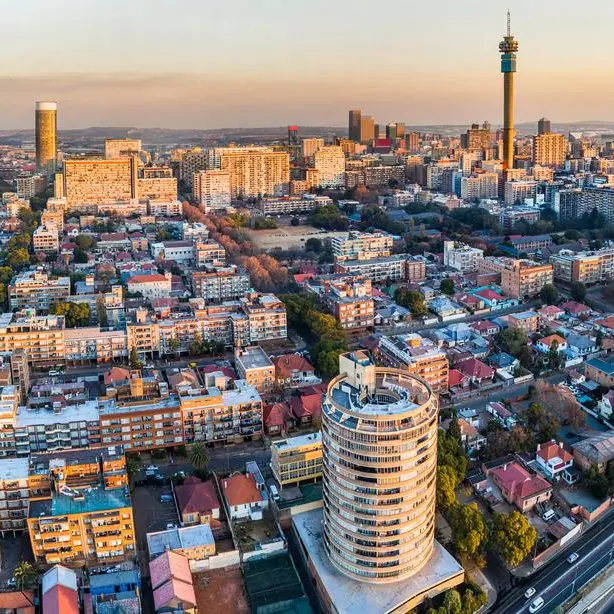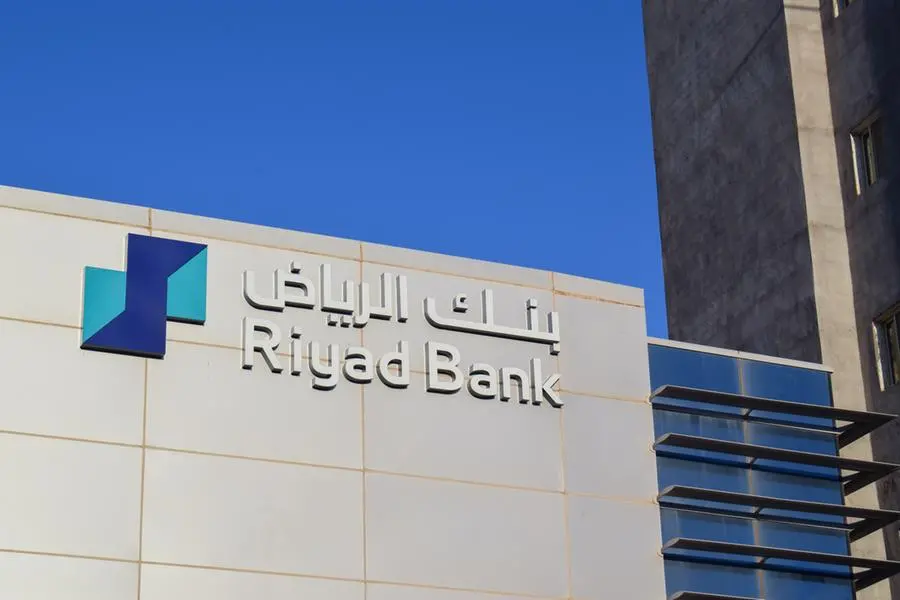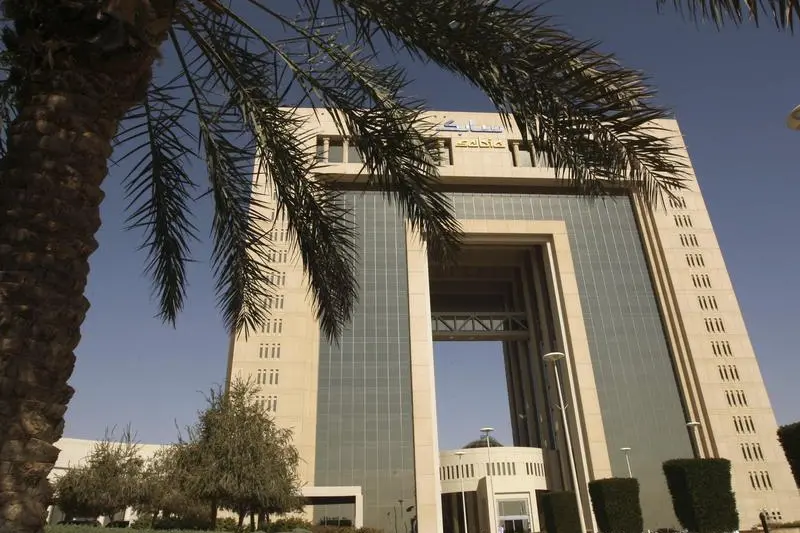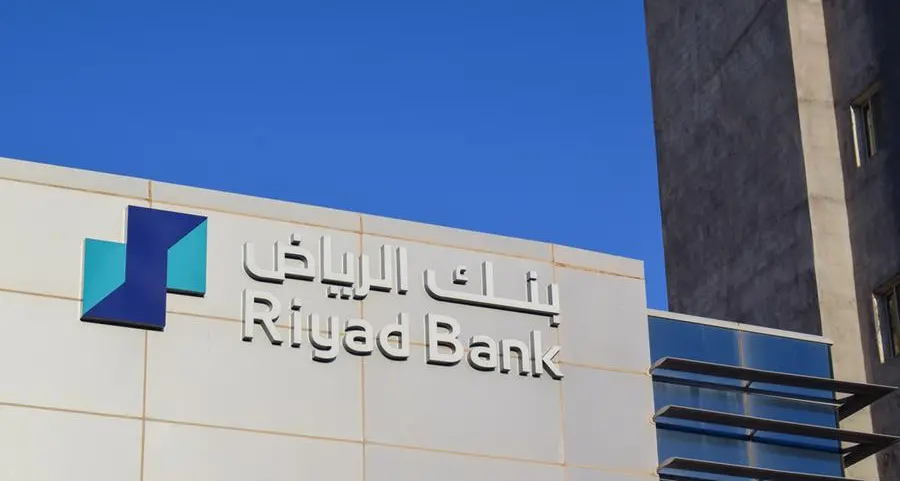PHOTO
Absa Bank Kenya has restructured Ksh3.4 billion ($26.35 million) in loans it gave to customers who are struggling to repay as a result of economic challenges linked to high cost of doing business, state taxes and levies and declining incomes.
The bank says in its latest annual report for 2024 that the quality of its loan portfolio was heavily impacted by headwinds coming from the operating environment, which strained the personal household, manufacturing and trade sectors resulting in a surge in the gross non-performing loans (NPLs) ratio to 12.3 percent, from 9.6 percent, compared to the industry average of 16.4 percent.
The loan restructuring plan aimed at granting a repayment relief to distressed borrowers was implemented last year, at a time when the lender also approved more than Ksh180 billion ($1.39 billion) in new loans to support the productive sectors of the economy.“Throughout the year, we continued to play a significant role in driving Kenya’s economic growth by strategically deploying our capital. We approved more than Ksh180 billion in new loans, further cementing our position as a trusted financial partner to our customers,” the lender says.“At the same time, we stood by those facing difficult moments, offering loan restructures amounting to Ksh3.4 billion ($26.35 million) to help them navigate uncertainty with confidence.”The lender, which is listed on the Nairobi Securities Exchange (NSE), reported an eight percent decline in net loans and advances to close the year at Ksh309 billion ($2.39 billion), blaming the drop in the lending business on reduced customer borrowing appetite as a result of high interest rates and currency appreciation.“This performance is in line with a contracted private sector credit of 1.4 percent in December 2024. Our loan book was flat on a constant currency basis. Our key focus products namely Trade Loans, Mortgages, Overdraft and Virtual lending recorded good traction with respectable year on year growth,” the lender says.
Degree of flexibilityIn loan restructuring, borrowers renegotiate and adjust the terms of the loan with the lender to avoid default. It helps to maintain continuity in servicing the debt and gives borrowers a certain degree of flexibility to restore financial stability.
Among the concessions in a restructured loan are a new repayment schedule, interest holidays, deferral or extension of principal and /or interest payments and principal (capital) holidays.
Read: Banks open to loan restructuring as higher rates, inflation raise defaultsThe lender’s impairment recorded a seven percent decline to Ksh7.8 billion ($60.46 million) in 2024 from Ksh8.4 billion ($65.11 million) in 2023, anchored on increased collections and recoveries, but this was offset by increased credit risk in retail and small and medium-sized enterprises (SMEs) “occasioned by the challenging operating environment for our customers.”Central Bank of Kenya implemented a series of policy rate increase, raising the benchmark lending rate from 8.75 percent in January 2023 to 12.5 percent in December 2023 and then to 13 percent by mid-2024, before embarking on another series of cuts to boost credit to the private sector and stimulate economic growth.
At its latest meeting on April 8, 2025, CBK cut its benchmark interest rate to 10 percent, marking the fifth consecutive rate reduction on expectations that inflation would stay below the five percent midpoint of the central bank’s target range in the near term, supported by stable core inflation, low energy prices, and exchange rate stability.“2024 noted marked pressure on the Kenyan economy. Firstly, the country being placed on the Financial Action Task Force (FATF) grey list signalled to global financial institutions that the country has deficiencies in combating money laundering and terrorist financing,” the lender says.“This has led to increased scrutiny, higher transaction costs, and heightened foreign investor concerns. Additionally, credit rating downgrades by Fitch, S&P, and Moody’s have also placed increased scrutiny on the country’s heightened risk of debt default and concerns on its limited fiscal headroom.”Kenya is facing significant challenges due to a high debt burden and increased risk of debt distress, and managing its public debt has become increasingly difficult, as it has grown rapidly in recent years.
According to the CBK, total public debt was Ksh10.6 trillion ($82.17 billion) as of June 2024, up from Ksh 10.3 trillion ($79.84 billion) in June 2023, and is projected to reach Ksh13 trillion ($100.77 billion) by 2027.
© Copyright 2022 Nation Media Group. All Rights Reserved. Provided by SyndiGate Media Inc. (Syndigate.info).





















